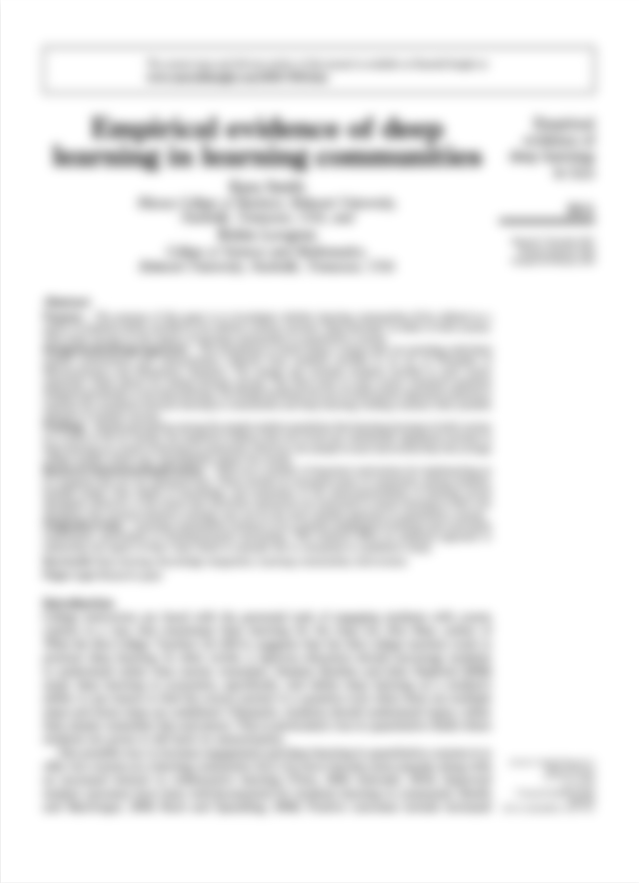Trust Co. Takes 70-Story Tower In Wall Street: Marine Midland Acquires Financial Zone Realty With $11,489,500 Bid
New York Herald Tribune (1926-1962); New York, N.Y.. 26 Sep 1940: 36.
You might have access to the full article...
Try and log in through your library or institution to see if they have access to the full text.





